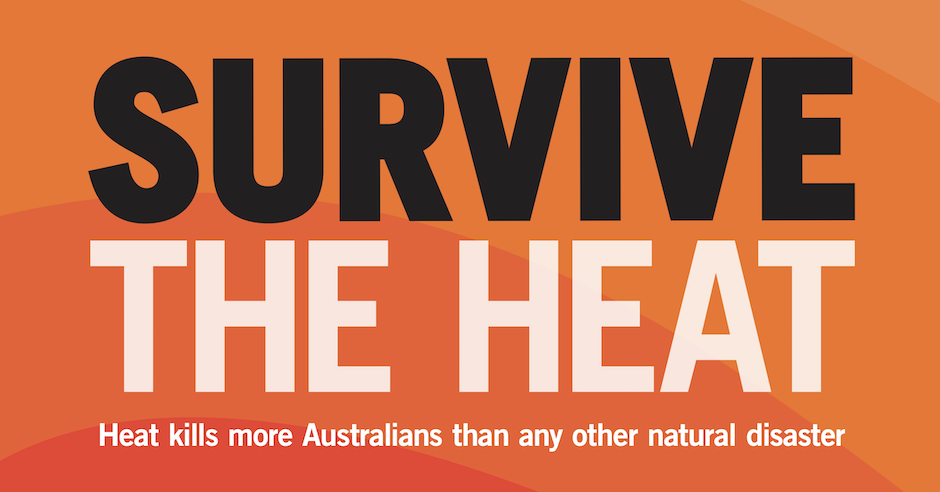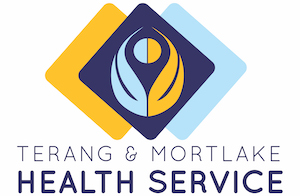
18 Jan Health & Wellbeing Newsletter – January 2021
BEAT THE HEAT
Heat kills more Australians than any natural disaster
- Extreme heat can affect anybody.
- Heat can cause illnesses such as heat cramps and heat exhaustion which can lead to the life-threatening condition, heatstroke. Heatstroke is fatal in up to 80% of cases.
- Those most at risk are older people, young children and people with a medical condition.
Effects of heat on the body
Watch this video to learn how extreme heat can impact the body:
Know the symptoms of heat-related illness
Heat cramps
Symptoms:
- Muscle pains
- Spasms in the abdomen, arms or legs
What to do:
- Stop activity and sit quietly in a cool place
- Drink cool water
- Rest a few hours before returning to activity
- See a doctor if cramps persist
Heat exhaustion
Symptoms:
- Pale complexion and sweating
- Rapid heart rate
- Muscle cramps, weakness
- Dizziness, headache
- Nausea, vomiting
- Fainting
What to do:
- Go to a cool area and lie down
- Fan if possible
- Drink cool water if not vomiting
- Remove outer clothing
- Wet skin with cool water or wet cloths
- See a doctor
Heat stroke
Heat stroke is a life-threatening emergency – call 000
Symptoms:
- Same symptoms as heat exhaustion except sweating stops
- Mental condition worsens, confusion
- Seizure
- Stroke-like symptoms or collapsing
- Unconsciousness
What to do:
- Call an ambulance – phone 000
- Get the person to a cool area and lay them down
- Remove clothing
- Wet skin with water, fanning continuously
- Position an unconscious person on their side and clear their airway
Survive the heat this summer with these five simple tips
Drink plenty of water – Even if you don’t feel thirsty, drink water. Take a bottle with you always.
Never leave anyone in a car – Hot cars kill! Never leave kids, older people or pets in cars. The temperature inside a parked car can double within minutes.
Stay somewhere cool – Seek air conditioned buildings, draw your blinds, use a fan, take cool showers and dress in light and loose clothing made from natural fabrics.
Plan ahead – Schedule activities in the coolest part of the day and avoid exercising in the heat. If you must go out, wear a hat and sunscreen and take a bottle of water with you.
Check in on others – Look after those most at risk in the heat e.g. your neighbour living alone, older people, the young, people with a medical condition and don’t forget your pets.


No Comments